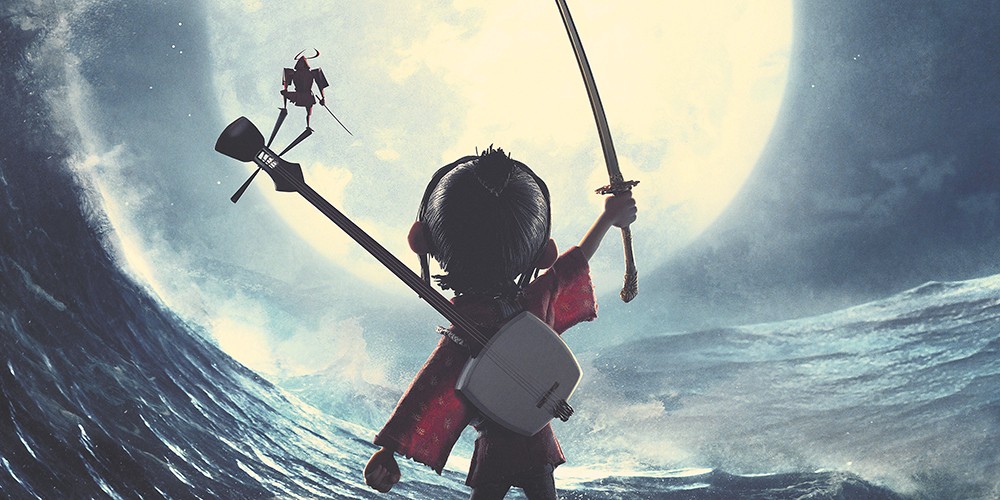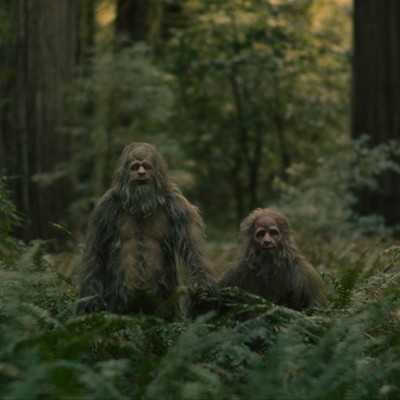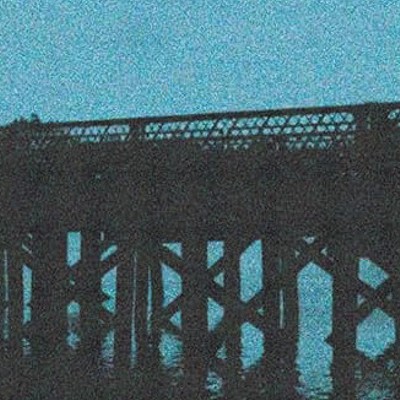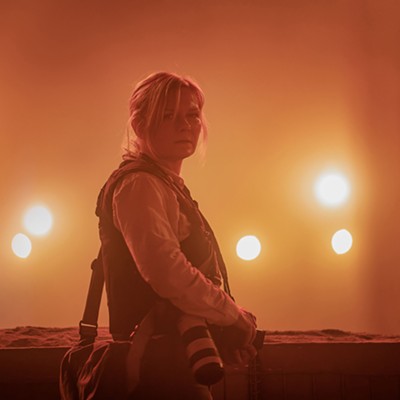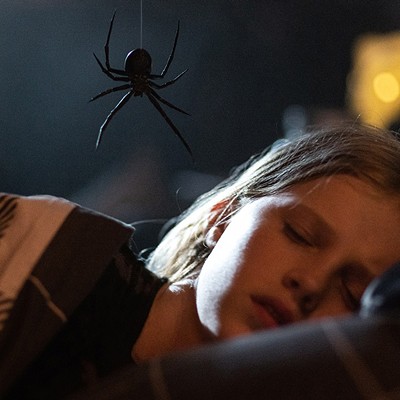Pixar is widely regarded as the gold standard of animation in the 21st century. That makes sense: the studio has reeled off a series of masterpieces over the past decade or so (WALL·E, Up, Inside Out). But they've also made a lot of forgettable movies (The Good Dinosaur, Brave) and quite a few by-committee sequels that veer into dreck (Monsters University, the Cars movies.)
Compare Pixar's record with that of Oregon-based stop-motion animation studio Laika. Every one of Laika's four productions are exquisitely handmade, undeniably gorgeous, and — perhaps most miraculous of all — they're actually more enjoyable in 3-D than their 2-D counterparts. My favorite Laika film is their debut adaptation of Neil Gaiman's creepy kids' tale Coraline, but some prefer the horror-cinema-infused Paranorman, while others appreciate the slightly more family-friendly comedy of The Boxtrolls. They may not all be masterpieces, but each and every one is art.
Now the fourth Laika joint is here. Kubo and the Two Strings is perhaps the most traditional animated film framework we've seen from the studio: it's an epic story of a young storyteller in ancient Japan named Kubo (Art Parkinson) who, befriended by a pragmatic monkey (Charlize Theron) and a giant beetle samurai (Matthew McConaughey), must overcome the evil influences of his grandfather (Ralph Fiennes) and his creepy aunts (both played by Rooney Mara). It's a Joseph Campbell-style hero quest narrative — a commonplace formulation for most animation studios, but a new twist for Laika.
Young Kubo starts the film with the power to animate origami through the music of his shamisen — a traditional three-stringed instrument — which he uses to tell stories about his long-since-passed father. The little paper-craft-warrior fighting snakes and sharks make for a nice miniaturized riff on the experience of watching an animated film, echoing Kubo's meta story-about-stories-in-a-story structure. But soon enough Kubo is out on his quest, traveling through an eerily empty fantasyland of giant statues and frightening skeleton creatures and beautiful ships made from autumn leaves.
Throughout Kubo, the little part of your brain that wonders "how'd they do that?" will never shut up: the all-purpose answer of our time — "computers" — simply doesn't apply. As Laika reminds you in an inter-credit sequence, these characters physically exist in our world and are manipulated dozens of times per second by real human hands, and that gives them a deeper resonance than computer animation; it's the difference between the richness of piano versus a more-or-less similar-sounding synthesizer. You can recognize the humanity. And Kubo is the rare case where springing for the 3-D is absolutely worth it: the way Laika plays with the depth of field in 3-D creates the sense of watching a puppet show in the world's largest shoebox theater.
So I cannot say emphatically enough that this is the most visually stunning Laika film yet, which is really saying something. But I also must mention that this is possibly my least favorite Laika film, storywise. Kubo's journey feels insular, and a little too much of the running time is dedicated to explanation over action. The interpersonal drama is good, but there are too few characters that matter. And the whitewashing of the main voice performers, while terrific Asian-American actors like George Takei and Cary-Hiroyuki Tagawa are relegated to third-tier cast, is unforgivable in 2016.
But would I watch Kubo and the Two Strings again? Absolutely. I'd watch it a dozen times before watching Finding Dory. Laika hasn't created an out-and-out masterpiece yet, but every single one of their movies is alive with the beating of a human heart that cannot be ignored. Kubo is overflowing with that ingenious, beautiful humanity. ♦

